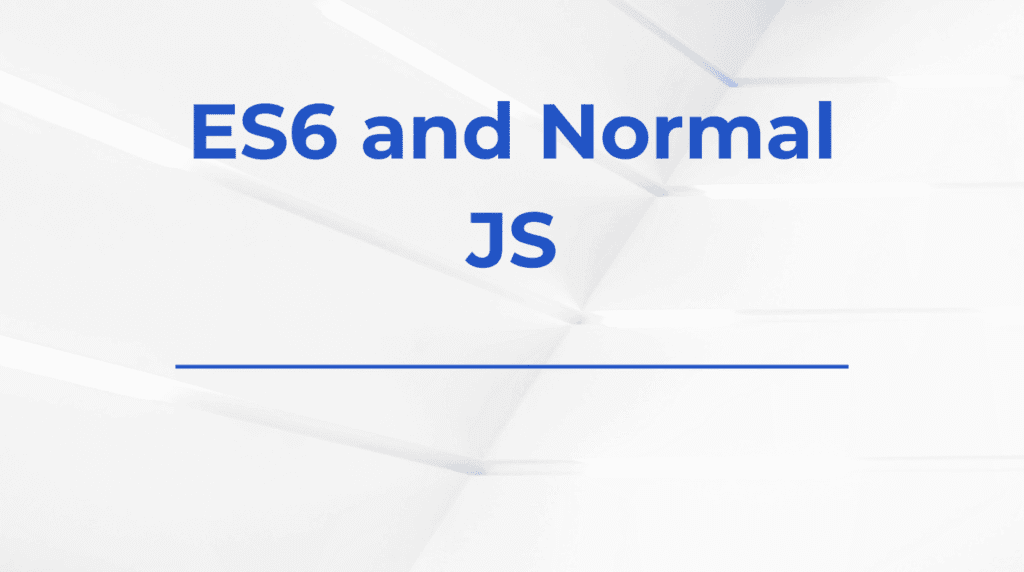Handling form submissions in React often requires multiple hooks, event handlers, and state variables to manage validation, loading indicators, and server responses. This can clutter your components quickly, especially when dealing with asynchronous logic. To address this, React 18 introduced a new hook—useActionState. This hook provides a simpler, cleaner way to handle actions like form submissions and their resulting state.
Let’s explore how useActionState works in React 18, step by step, using a example and structure designed for beginners.
What Problem Does useActionState Solve?
In most React applications, a typical form submission involves:
- Reading form data using controlled components
- Managing multiple pieces of local state (
isLoading,error,response, etc.) - Writing a submit handler with
preventDefault() - Updating state after asynchronous operations
This repetitive pattern adds unnecessary complexity, especially when you’re building multiple forms. useActionState removes this overhead by connecting directly to the <form> element and managing the resulting state for you.
Understanding the Hook Structure
The useActionState hook returns two things:
const [state, actionFn] = useActionState(
async (previousState, formData) => {
// your logic
return newState;
},
initialState
);
- state: Holds the most recent result from the action (e.g., errors, success messages).
- actionFn: A function you assign to the
actionattribute of a form.
This allows React to intercept the form submission, pass the form data into your function, and automatically update the state when the function resolves.
Example: Subscribing to a Newsletter
Here’s a practical example of how you can use useActionState to build a newsletter subscription form.
import React, { useActionState } from 'react';
function SubscribeForm() {
const [formState, formAction] = useActionState(
async (prev, formData) => {
const email = formData.get('email');
if (!email || !email.includes('@')) {
return { message: 'Please enter a valid email.', success: false };
}
// Simulate network request
await new Promise((r) => setTimeout(r, 1000));
return { message: 'Subscription successful!', success: true };
},
{ message: '', success: false }
);
return (
<form action={formAction}>
<input type="email" name="email" placeholder="Enter your email" />
<button type="submit">Subscribe</button>
{formState.message && (
<p style={{ color: formState.success ? 'green' : 'red' }}>
{formState.message}
</p>
)}
</form>
);
}
How the Form Submission Is Handled
When the user submits the form:
- React intercepts the form event.
- The form data is passed to the async function.
- The logic inside the function validates and processes the data.
- A state object (with a message and success flag) is returned.
- React sets the new state and re-renders the component.
This approach removes the need for useState to manage separate pieces of form feedback logic.
How It Differs from Traditional Approaches
Here’s how useActionState simplifies form handling compared to the traditional method:
| Feature | Traditional Approach | useActionState Approach |
|---|---|---|
| Form Data Access | Controlled components or refs | Uses FormData automatically |
| Async Handling | Manual state updates after fetch | Async function returns new state |
| State Management | Multiple useState calls | Single state object from the hook |
Integration with <form> | Handled via onSubmit + preventDefault() | Uses action attribute directly |
Ideal Use Cases for useActionState
This hook is best used when:
- You want to keep form logic concise and self-contained.
- Your form involves async actions like API calls.
- You need to return structured feedback (e.g., success or error messages).
- You’re using frameworks that support React Server Components or Server Actions (e.g., Next.js App Router).
Key Things to Remember
Here are some important aspects to keep in mind when using useActionState:
- It only works with native
<form>elements. - You must assign the returned
actionFnto theactionattribute of the form. - The hook is available in React 18.2 and above.
- The function should return an object that becomes the next state.
- The second argument passed to the function is a
FormDataobject—not an event.
Benefits of Using useActionState
Using this hook has several advantages:
- Clean separation of concerns: Logic lives inside the action function.
- Less boilerplate: No need to manually manage loading or error states.
- Declarative integration: Works seamlessly with forms in JSX.
- Great for async workflows: It embraces asynchronous form submissions.
Conclusion
useActionState is one of the most beginner-friendly yet powerful additions in React 18 for managing form submissions. It eliminates the repetitive patterns of traditional form handling, supports asynchronous logic out of the box, and keeps your components clean and focused.
If you’re working with forms in React 18 or higher, this hook is worth learning and using. It simplifies local state management tied to user actions and opens the door to more declarative, readable UI code.









